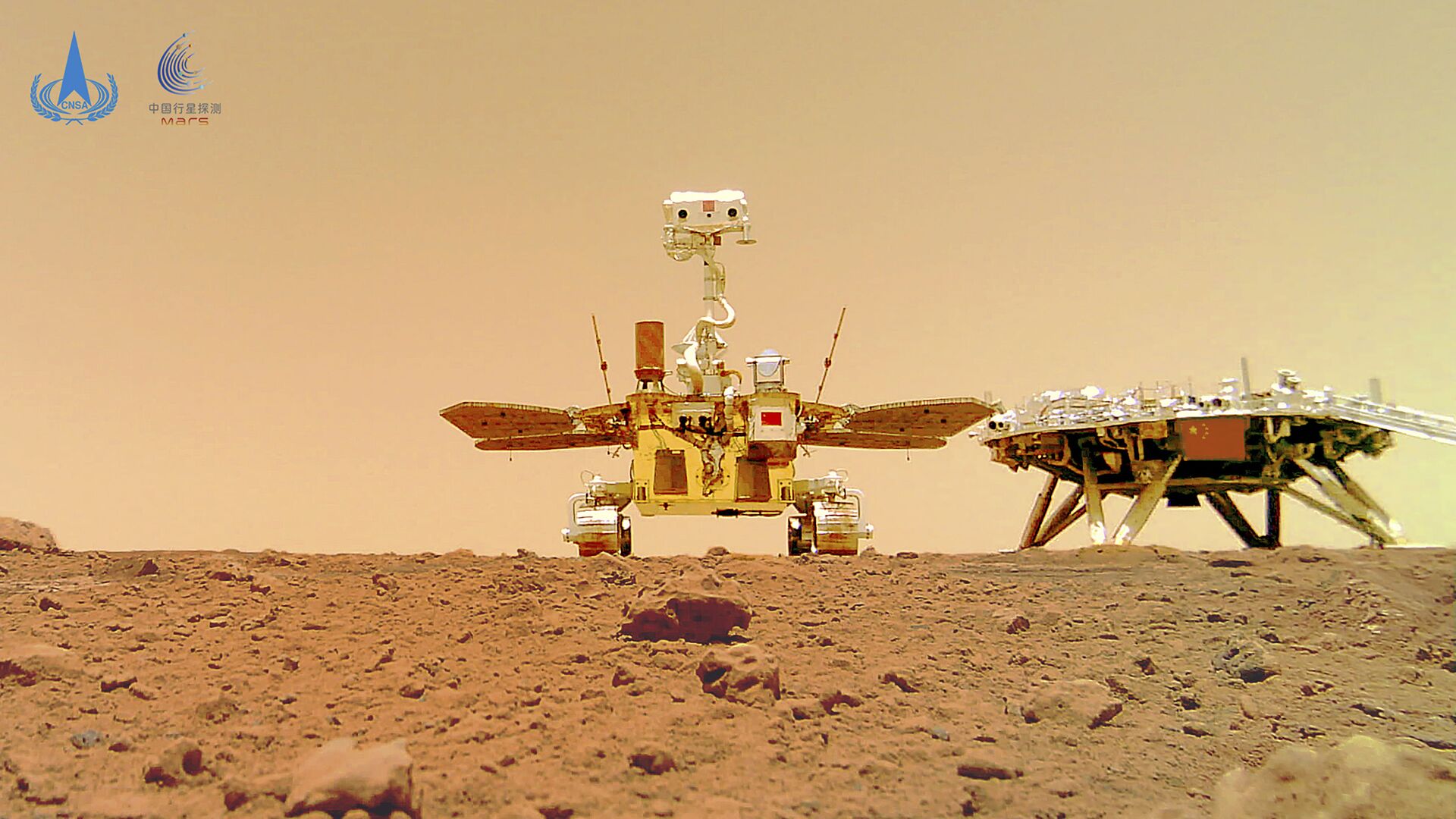https://sputnikglobe.com/20220129/china-lays-out-plan-for-moon-landings-asteroid-defense-system-in-new-space-program-white-paper-1092596641.html
China Lays Out Plan for Moon Landings, Asteroid Defense System in New Space Program White Paper
China Lays Out Plan for Moon Landings, Asteroid Defense System in New Space Program White Paper
Sputnik International
The China National Space Administration has published a new document outlining its plans for the next five years, including ambitious advances in the country’s... 29.01.2022, Sputnik International
2022-01-29T00:43+0000
2022-01-29T00:43+0000
2023-06-20T17:11+0000
astronomy
white paper
tiangong space station
china national space administration (cnsa)
space exploration
https://cdn1.img.sputnikglobe.com/img/07e5/07/0a/1083352673_0:0:3640:2048_1920x0_80_0_0_963dfbef0187ac0b23b7116b1c6f616f.jpg
China’s space program has grown by leaps and bounds in recent years, culminating in probes sent to Mars, unexplored parts of the Moon, and the launching of a large new modular space station. However, Beijing is dreaming much bigger in its latest white paper, titled “China's Space Program: A 2021 Perspective.”Among the CNSA’s focus in the coming years will be the completion of the Tiangong space station launched last year; finishing the China High-resolution Earth Observation System for remote sensing; laying the groundwork for a Lunar research station; and beginning a near-Earth asteroid defense system CNSA Deputy Director Wu Yanhua told reporters.The document also lays out wide-ranging plans for increasing international scientific cooperation and the development of what Wu called “new forms of space economy.”Another project will be space debris removal, for which China has already launched several scavenger satellites with robotic arms for grappling space debris and either collecting it or forcing it into a collision course with Earth’s atmosphere that will incinerate it.The paper also says the CNSA plans on expanding the ability of Chinese spacecraft to manage themselves - something already tested out in the Tianzhou unmanned supply craft used to send equipment and goods to Tiangong.Exploration goals include launching the Chang’e-6 and Chang’e-7 lunar probes, which will include sample-return efforts like that by Chang’e-5 in 2020; a sample-return mission from an asteroid; a comet rendezvous mission; and performing much of the preparatory work for sample-return missions to Mars and Jupiter.Down here on Earth, CNSA plans to finish upgrading the launch sites at Jiuquan, Taiyuan and Xichang.In 2024, CNSA is expected to launch the Xuntian space station telescope, which will be broadly comparable to NASA’s newly launched James Webb Space Telescope.
Sputnik International
feedback@sputniknews.com
+74956456601
MIA „Rossiya Segodnya“
2022
News
en_EN
Sputnik International
feedback@sputniknews.com
+74956456601
MIA „Rossiya Segodnya“
Sputnik International
feedback@sputniknews.com
+74956456601
MIA „Rossiya Segodnya“
astronomy, white paper, tiangong space station, china national space administration (cnsa), space exploration
astronomy, white paper, tiangong space station, china national space administration (cnsa), space exploration
China Lays Out Plan for Moon Landings, Asteroid Defense System in New Space Program White Paper
00:43 GMT 29.01.2022 (Updated: 17:11 GMT 20.06.2023) The China National Space Administration has published a new document outlining its plans for the next five years, including ambitious advances in the country’s space program that include developing “new forms of space economy.”
China’s space program has grown by leaps and bounds in recent years, culminating in probes sent to Mars, unexplored parts of the Moon, and the launching of a large new modular space station. However, Beijing is dreaming much bigger in its latest white paper, titled “
China's Space Program: A 2021 Perspective.”
Among the CNSA’s focus in the coming years will be the completion of the Tiangong space station launched last year; finishing the China High-resolution Earth Observation System for remote sensing; laying the groundwork for a Lunar research station; and beginning a near-Earth asteroid defense system CNSA Deputy Director
Wu Yanhua told reporters.
The document also lays out wide-ranging plans for increasing international scientific cooperation and the development of what Wu called “new forms of space economy.”
“For example, China and Russia will jointly launch the international lunar scientific research station plan – which is a major long-term international scientific cooperation project. We welcome the participation of all interested countries, international organizations, and scientists and engineers,” Wu said.
Another project will be space debris removal, for which
China has already launched several scavenger satellites with robotic arms for grappling space debris and either collecting it or forcing it into a collision course with Earth’s atmosphere that will incinerate it.
The paper also says the CNSA plans on expanding the ability of Chinese spacecraft to manage themselves - something already
tested out in the Tianzhou unmanned supply craft used to send equipment and goods to Tiangong.
Exploration goals include launching the Chang’e-6 and Chang’e-7 lunar probes, which will include sample-return efforts like that
by Chang’e-5 in 2020; a sample-return mission from an asteroid; a comet rendezvous mission; and performing much of the preparatory work for sample-return missions to Mars and Jupiter.
CNSA also wants to have the key research done for technology needed in the Chang’e-8 mission, which is expected to launch in 2027 and to prepare for construction of a lunar research base by 2035.
Down here on Earth, CNSA plans to finish upgrading the launch sites at Jiuquan, Taiyuan and Xichang.
In 2024, CNSA is expected to launch the
Xuntian space station telescope, which will be broadly comparable to NASA’s newly launched James Webb Space Telescope.

